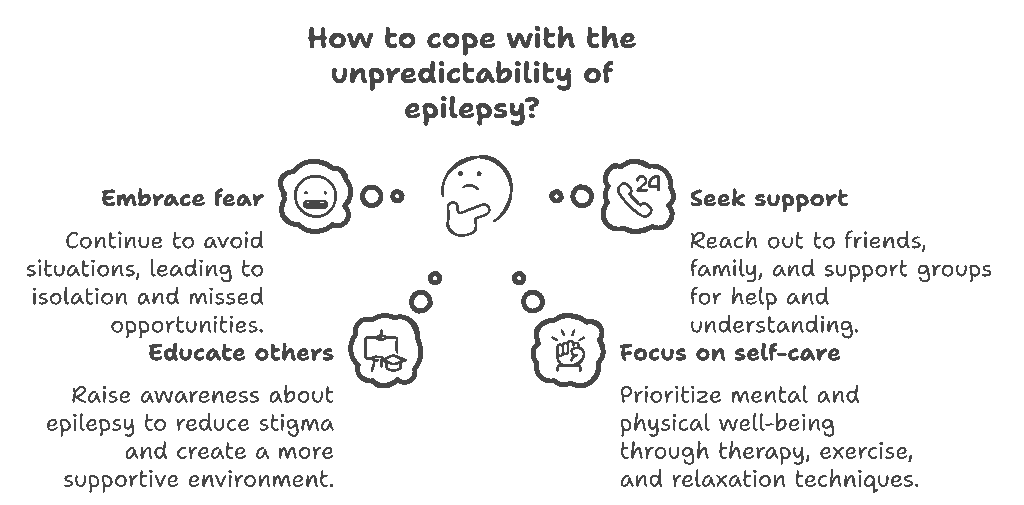Your cart is currently empty!

One of the hardest parts of living with epilepsy is the sheer unpredictability of it. Unlike a condition where symptoms might be more manageable or predictable, epilepsy doesn’t give warnings. I couldn’t tell when a seizure would hit, and that lack of control was terrifying. It affected every part of my life, from school to friendships to simply going out. Activities that most people take for granted—walking down the street, having a sleepover with friends, even watching a film with flashing lights—became potential hazards that required careful planning.
For a long time, fear controlled my life. I was afraid to go out alone, afraid to push myself, afraid of what others would think if they saw me have a seizure. This constant fear was exhausting and often led to feelings of isolation. I began to withdraw, to play it safe, to avoid situations where I might feel vulnerable. But in doing so, I missed out on parts of life I wanted to experience. Epilepsy began to define my world, shaping where I went, who I saw, and how I thought about myself.

There were days when I felt like a prisoner inside my own body, constantly second-guessing every decision. Should I go to that party? What if the music has strobe lights? Should I tell new friends about my condition? What if they treat me differently—or worse, walk away? These questions became a loop in my mind, always humming in the background. I started to feel like a burden, even though no one had ever said those words aloud. But silence can be just as loud, and the fear of being misunderstood or pitied was sometimes as paralyzing as the condition itself.
What made it harder was how invisible epilepsy can be. Unless someone witnessed a seizure, they often had no idea what I was dealing with. People assumed I was fine, and I learned quickly how to smile through the uncertainty, to mask the anxiety that lived beneath the surface. But that invisibility came at a cost. I longed for understanding, for someone to say, “I see what you’re going through,” without me having to explain every detail or justify my caution.
Over time, I began to realize that while epilepsy might always be part of my life, it didn’t have to be the one writing my story. That shift in mindset didn’t happen overnight—it came slowly, through moments of courage, support from people who truly cared, and a growing determination to reclaim parts of myself that fear had stolen. I started to take small steps forward: telling a friend about my condition and not apologizing for it, going to an event even if I was nervous, learning to say “yes” more often than “no.”
The fear hasn’t disappeared entirely—it still lingers, especially in the quiet moments—but it no longer rules me. I’m learning to live with the unknown, to carry both caution and hope in the same breath. And with each step, I’m discovering that while epilepsy shapes part of my life, it doesn’t define my worth or my ability to live fully.



